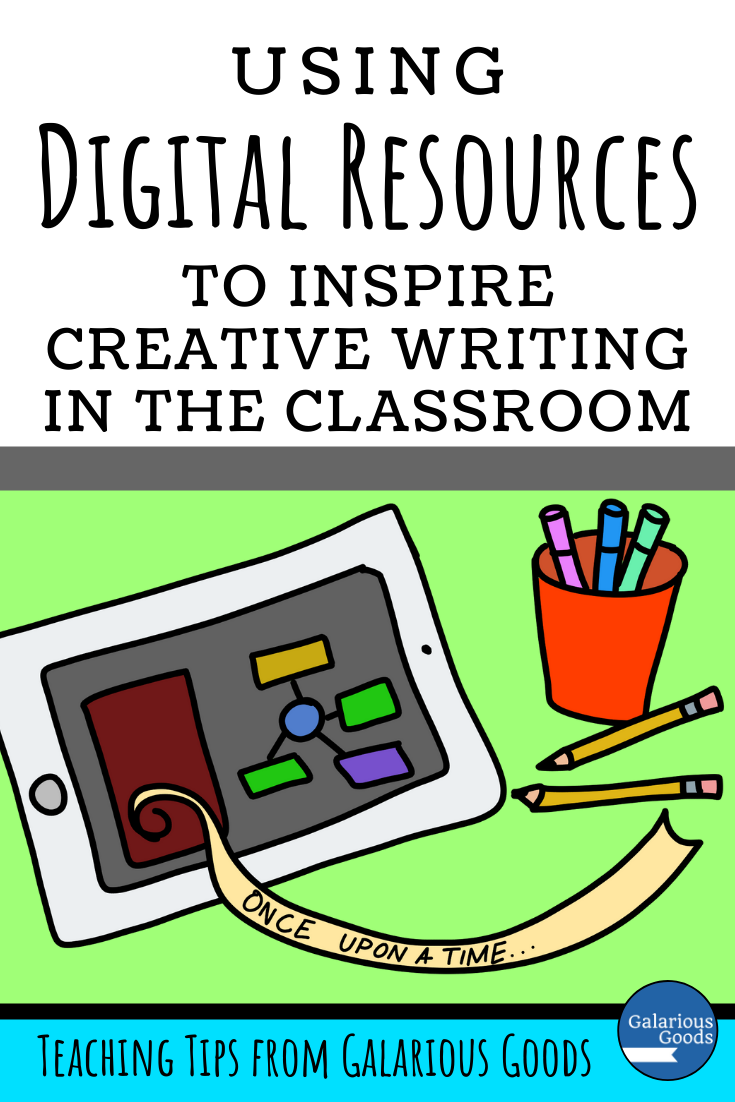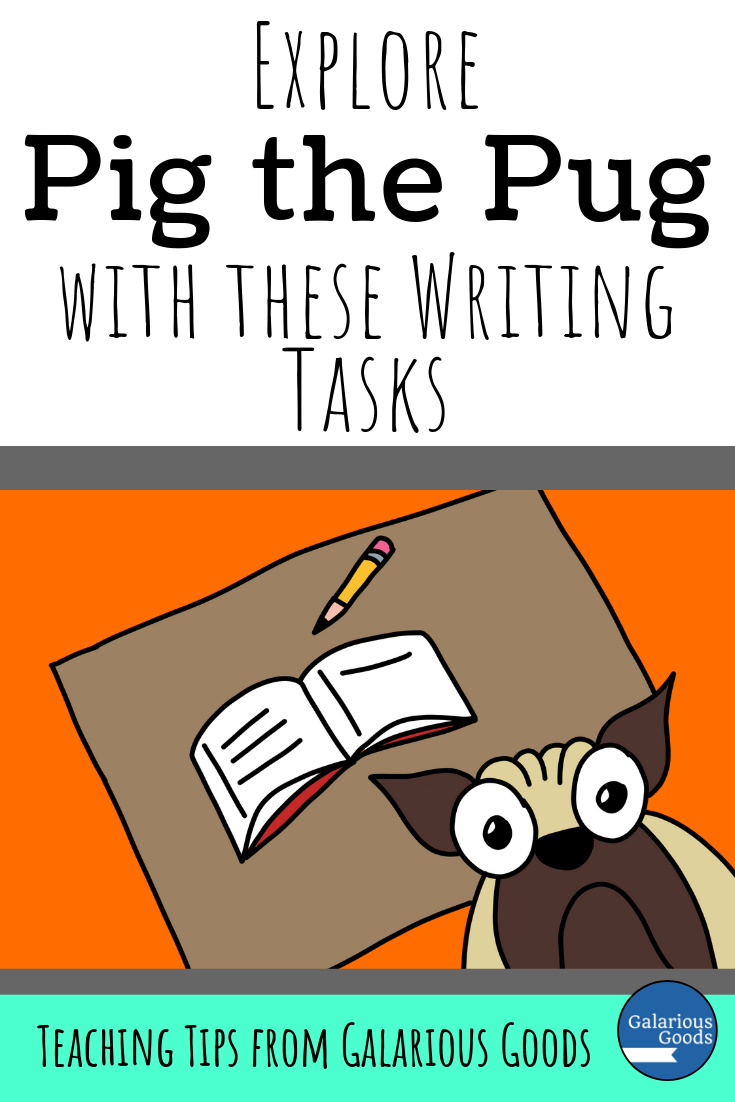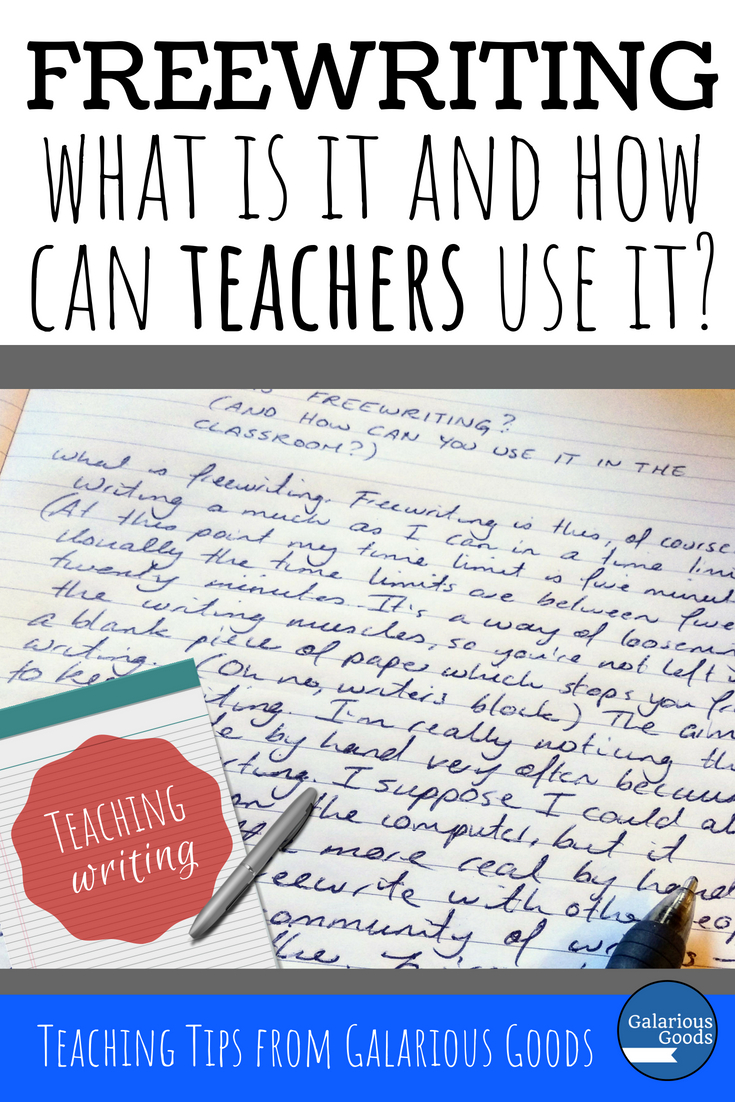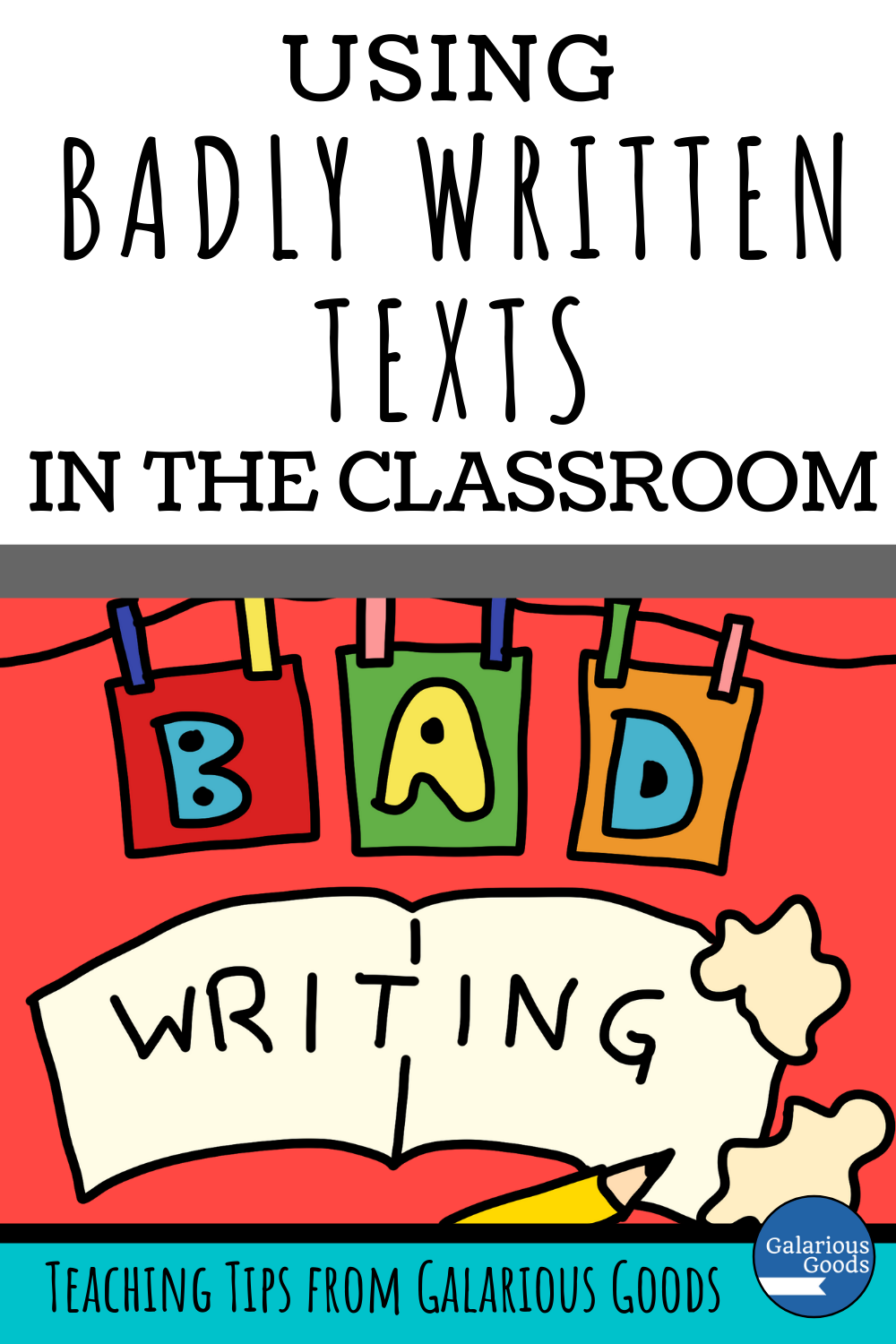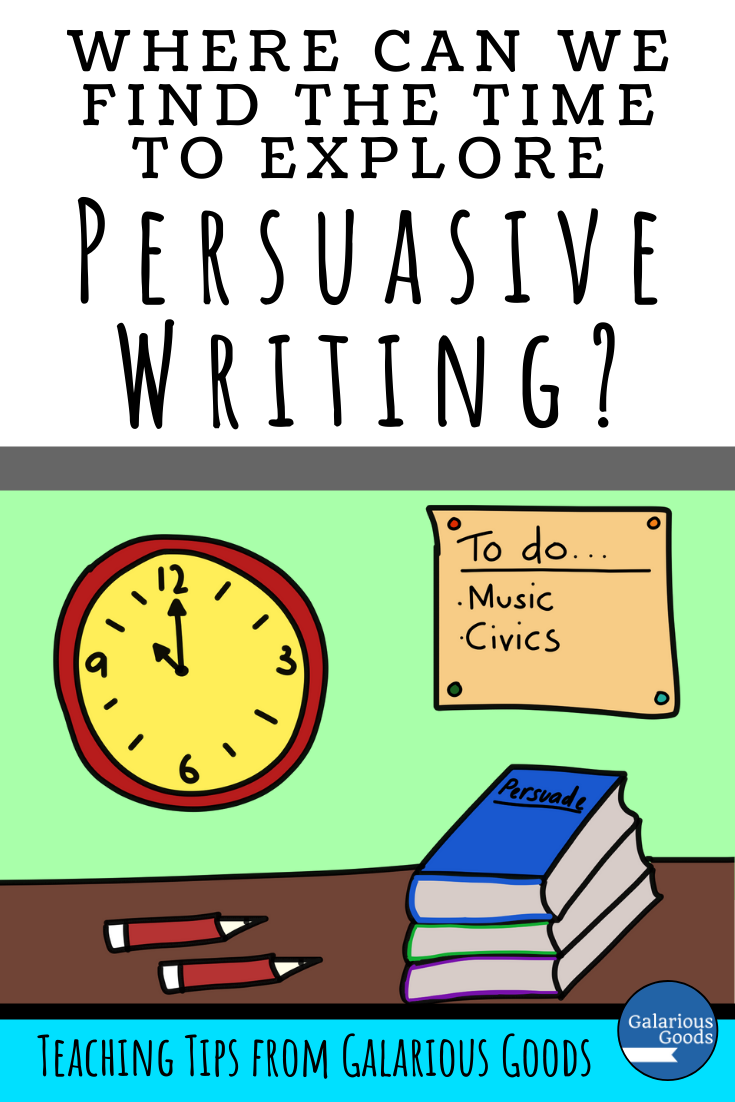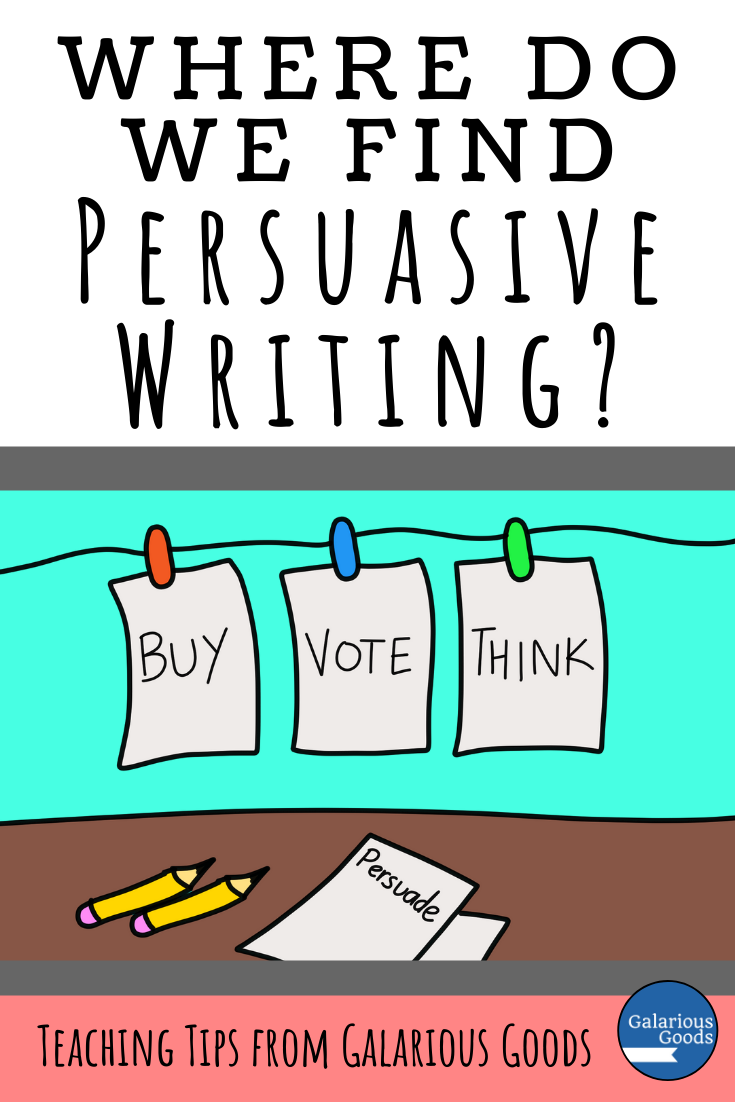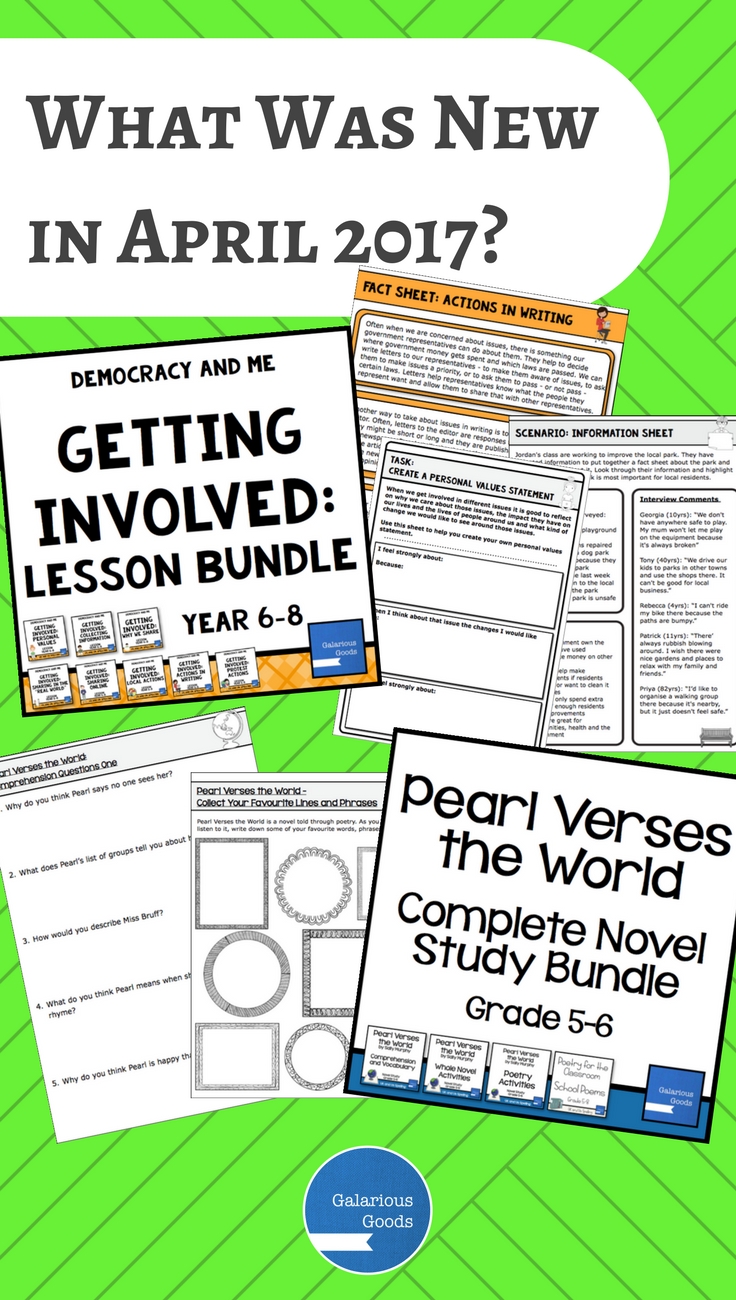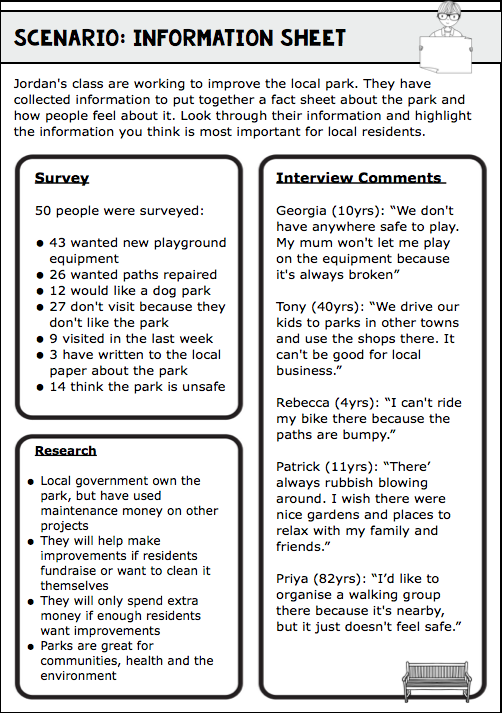Three Different Ways to Explore Poetry in your Classroom
/I adore poetry - I still remember early lessons on haikus back in my Grade Three classroom. I love reading it and finding little gems of words. And I love writing it and manipulating language and rhythms until the paint little pictures in words.
Poetry can be amazing in the classroom. It's relatively easy to fit into smaller segments of language. It's perfect for exploring literary and language skills like figurative language. And there's poems for all situations - funny poems, sad poems, serious poems. You can even explore verse novels and how an author can put together a series of poems to tell a story.
Here's three ways to bring poetry into your classroom.
1. Combine Poetry and Art
Poems often use a few words to create pictures, so they're perfect to combine with art. You can start with using one to inspire another - students can write a poem inspired by a piece of art or create a piece of art inspired by a poem. This can be especially effective when you're looking at particular styles of art - abstract art or sculpture - or if you try to create art work which reflects particular patterns in a poem - what might a limerick piece of art look like?
Students can also combine poetry and art in one piece. Found poetry and black out poetry are fascinating ways to combine both, as is exploring calligraphy or typography. Students can look at how poetry can be a part of public art or how words, colour and shapes can be combined to create something beautiful.
2. Create Poetry Displays
Due to their shorter size, poems make wonderful subject for displays. And seeing poetry all around us is a great way to inspire thinking about poetry and more poetry.
There are a few ways you can display poetry in the classroom. If you write or explore poems on a particular theme, you can use that to create a display - autumn poetry can be displayed on colourful trees made out of paper, beach poems can be written into a beach scene. Teachers can also incorporate poetry into the classroom - even displaying them where you wouldn't expect them - a poem about numbers near the maths equipment, a poem about nature tucked near a window. These could even form the basis of a poetry treasure hunt, with students searching to find all the poems.
Students can also use a display board to create their own poetry. They can use pieces of paper or magnets with words on them and arrange them to create poetry. They can also write lines of poetry to pin up on a board to continue a poem which is being written.
Beyond the classroom, students may like to look for other places they can display their writing. You may be able to display poems in the school library, the office or the hallways. If you have classroom windows which can be seen outside, you may like to display poems there where other students, teachers and parents can see them. Or a local shop may be able to offer space or a notice board for students to display their poetry to a wider audience.
3. Explore Poetry in Song
While poetry and songs are two different forms of writing, it's not hard to see the similarities between them. They both use rhyme, rhythm and highly effective word choice to make you feel something. So how can we use them together?
Students can use lines of a song to inspire their own poems. Starting with one or two lines and then continuing in their own poem allows them to think about what those lines might be saying and how they can continue that in their own words with their own experiences. Examining the structure of songs also allows students to play with structure in poetry. This can be especially effective with songs which change structure between different parts or between chorus and verses - how do they change their writing style? How can students experiment with that.
Students can also think about how already written songs could be set to music. What kind of music could they set the poems to? How would it change if you used a different style of music?
Take a moment to share some poetry with your students and open up a whole world of different rhythms, rhymes and pictures made out of words.







